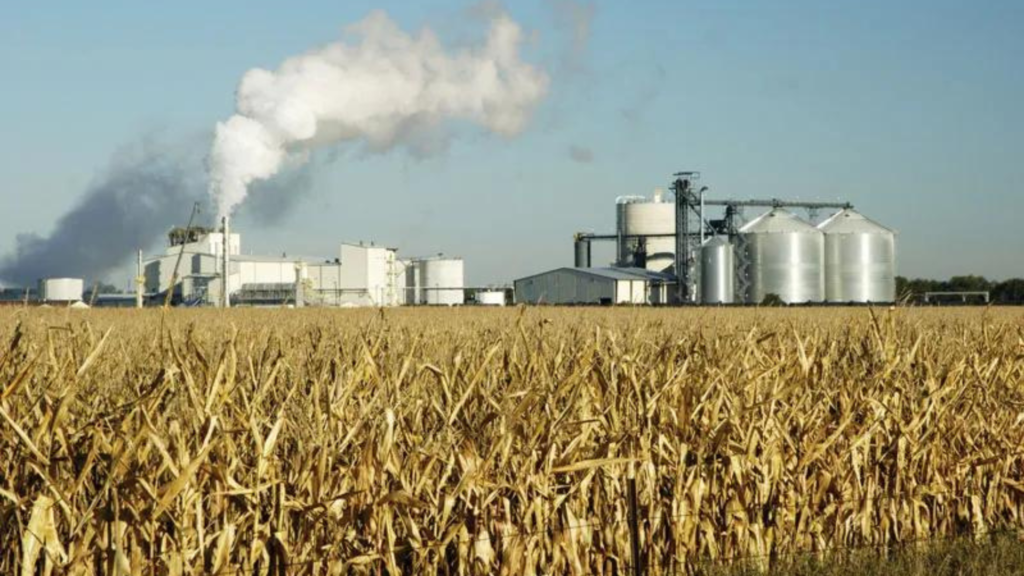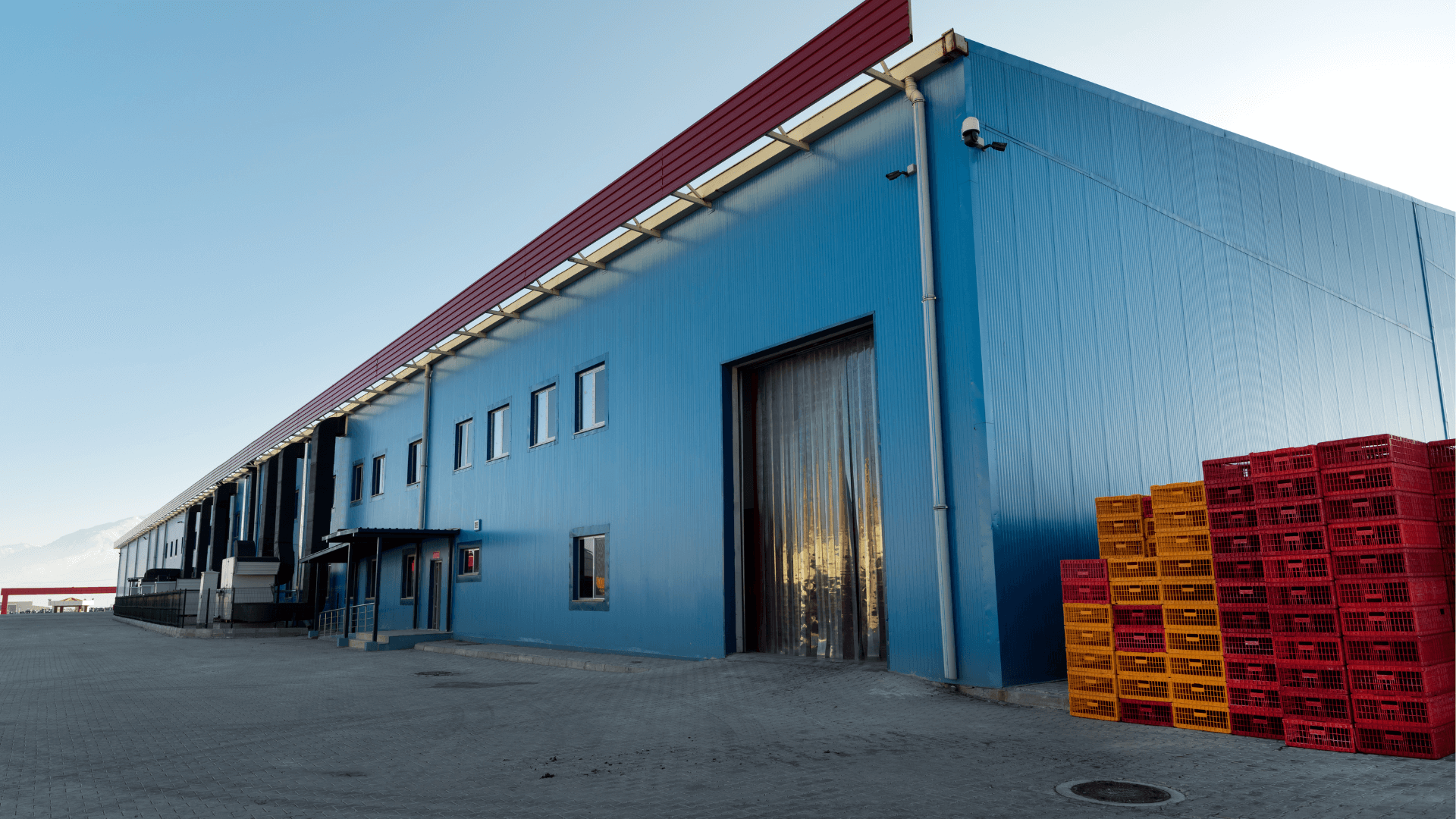After harvesting, losing a part of your hard-earned crops due to poor storage and preservation is discouraging. This blog will show you the best ways to prevent these losses with effective Post Harvesting Management.
Why is Post Harvesting Management Critical?
Before diving into the strategies, let’s first understand why Post Harvesting Management is crucial for the farm’s success.
#1. Economic Importance
Proper Post Harvesting Management directly affects your income. When you save more, you earn more.
#2. Environmental Responsibility
Saving crops also helps the environment by reducing waste. It’s a win-win.
Immediate Actions to Take After Harvest
Before you store the crops, some immediate actions can make a big difference.
- Cooling: Cooling your produce immediately extends its shelf life. This is vital for fruits and vegetables.
- Cleaning: A quick wash removes harmful elements like dirt and pesticides, decreasing spoilage risks.
- Storage – Make or Break for Crops: The right storage can make a significant difference in how long your produce lasts.
- Controlled Environment Storage: Modern technologies help control temperature and humidity, providing extended storage life.
- Dry Storage: Grains and legumes prefer dry and cool storage conditions. This basic requirement prevents mold growth and spoilage.
Preservation Techniques for Longer Shelf Life
Sometimes storage is not enough, and you need to think about preservation.
- Canning: Canning is a useful method, especially for fruits and vegetables. You can keep canned goods for months without spoilage.
- Drying: Drying has been around for ages. Fruits, vegetables, and even fish can benefit from this method.
- Fermentation: Fermentation is a natural process that extends the life of dairy products and certain vegetables and fish.

Monitoring for Quality
It’s not enough to just store and forget. Periodically check the quality of the stored produce.
- Visual Checks: Simple visual inspections can tell you a lot. Look out for molds or any signs of rotting.
- Temperature and Humidity Checks: Use simple gadgets to monitor temperature and humidity. Make adjustments as needed.
Conclusion
Efficient Post Harvesting Management can make the difference between profit and loss. With the right storage and preservation methods, you ensure all your hard work in the field doesn’t go to waste. Take these steps to heart, and you’ll reduce losses while boosting your income.
By implementing these strategies, you’ll be on the right path to minimizing post-harvest losses and maximizing your earnings.
See Also


Leave a Reply